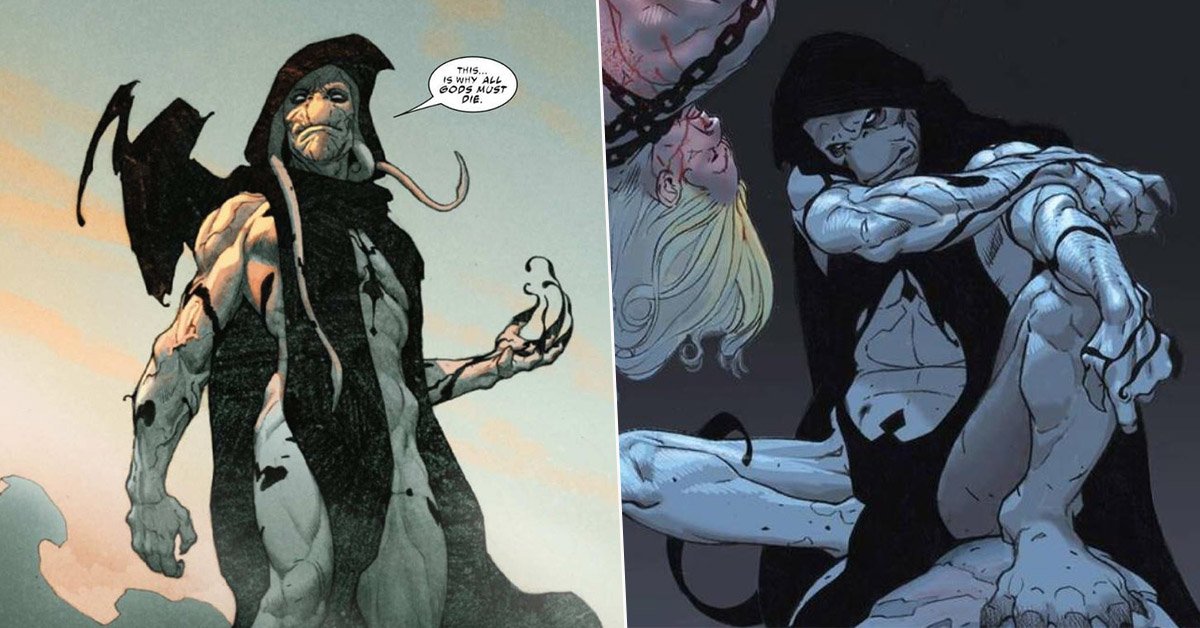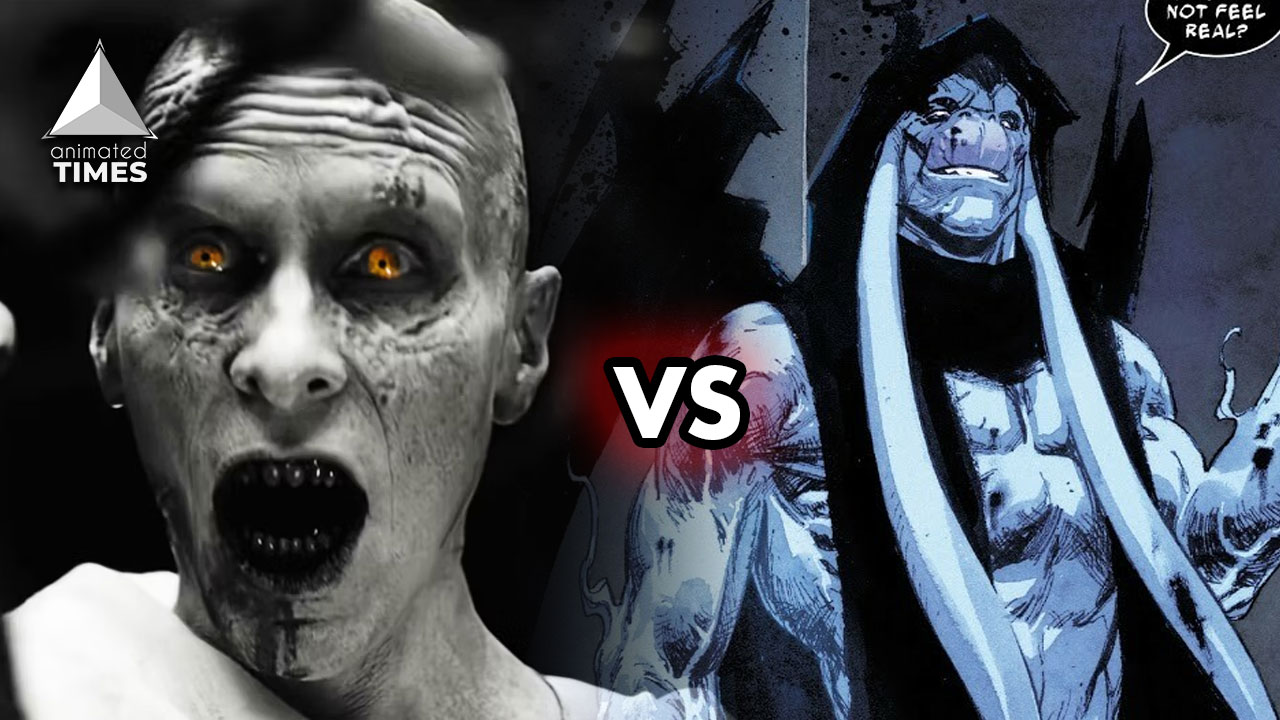How Different is Christian Bale’s Gorr the God Butcher from The Comics?
Thor: Love and Thunder was arguably one of the most anticipated movies of 2022. More so, because of the introduction of Christian Bale into the Marvel Cinematic Universe as ‘Gorr: The God Butcher.’ The Oscar-winning actor’s portrayal of Gorr was highly awaited by fans and critics alike. Taiki Waititi directed Thor: Love and Thunder features Bale’s Gorr as the principal antagonist.

Terrifying and hideous, Gorr’s appearance in the movie had been praised from the time of teaser releases. While the character’s portrayal managed to somewhat live up to the expectations of fans. In the transition from comic books to movies, the character has undergone a few significant changes. Despite these adjustments, Bale’s Gorr manages to be a compelling on-screen villain in Thor: Love and Thunder.
Gorr: The God Butcher: Comics vs Movie
A major difference between the comics and the film’s adaptation of Gorr is his backstory. Gorr, in the comics, comes from a religious family on famine and a poverty-stricken planet. Gradually losing faith in God(s) after his and his family’s prayers go unanswered, Gorr is stoned and left for dead by his tribe for renouncing the gods. In his exile, he comes across the dark god Knull and a golden god who crashed onto his planet while in the middle of combat. The Golden God seeks Gorr’s help with his injuries. Quite naturally, Gorr angered by the hypocrisy of the situation, kills the Golden God using the Necrosword. Gorr goes on a killing spree for centuries henceforth, in process of which he eventually encounters Thor.

In contrast, in the movie, Rapu, Gorr’s deity takes the role of the golden god. Instead of killing him because, like in the comics, Gorr thought Rapu was hypocritical. Gorr does it because the Necrosword corrupted him and he detested Rapu’s mocking of Gorr’s people’s suffering. Gorr then starts slaughtering gods to grab Thor’s attention, to obtain the Stormbreaker (Thor’s mystical ax). Essential for Gorr to summon the Bifrost to meet with the Marvel cosmic entity, Eternity.
As for the looks, Gorr in comics is a muscular humanoid with a highly alien appearance, including a flattened reptilian nose, enormous tentacles that protruded from his head, blank white eyes, jagged teeth, and a body covered entirely in the Necrosword’s transformative cloak armor. In the movie, Gorr is rather slim and doesn’t cloak himself with the Necrosword. Instead, he resembles a typical human except for his white skin and jagged teeth, which appear only after he acquires the Necrosword and is changed by it.
Why were the changes made?
According to director Taika Waititi, maintaining the original design for Gorr’s face would have prompted too many comparisons to Voldemort from Harry Potter. Additionally, Christian Bale claims that he had just finished filming a movie where he needed to be thin when it was time for him to start shooting Love and Thunder. He couldn’t have bulked up at the time because the pandemic was still in full force. As a result, the design was altered to emphasize his abilities rather than his physical appearance.

As for Gorr’s backstory, there isn’t enough time in Thor: Love and Thunder‘s brief two-hour runtime to explore every facet of Gorr’s comic book background. It is condensed into a few potent sequences that, while saving time, nonetheless convey Gorr’s wrath and motivation. The movie’s real focus is on Thor’s character growth and the rekindling of his relationship with Jane, even if Gorr is the main antagonist.
Thor: Love and Thunder is in theatres now!





